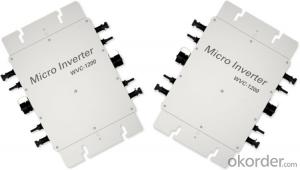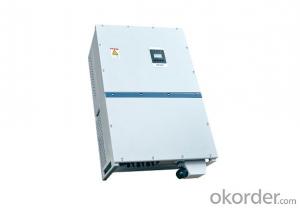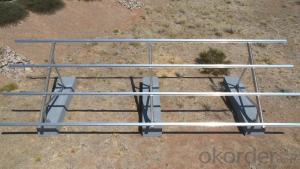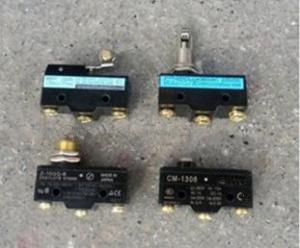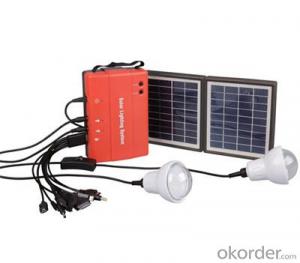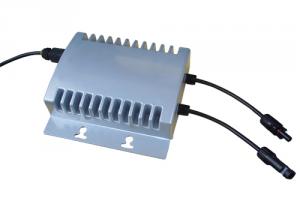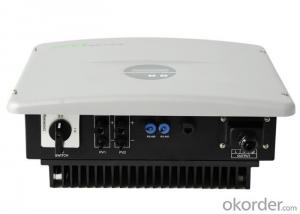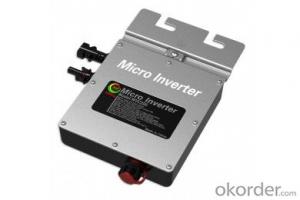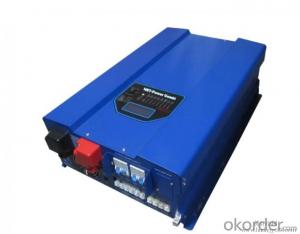Tesla Solar Micro Inverter
Tesla Solar Micro Inverter Related Searches
Tesla Solar Inverter Tesla Solar Power Inverter Tesla Inverter Solar Solar Micro Inverter Tesla Solar Panel Inverter Micro Solar Inverter Tesla Hybrid Solar Inverter Solar Cell Micro Inverter Tesla Solar Roof Inverter Micro Inverter Solar Solar Smart Micro Inverter Microtek Solar Inverter Ti Solar Micro Inverter Tesla Solar Inverter Specs Solar Panel Micro Inverter Lg Solar Micro Inverter Tesla Solar Inverter Price Solar Micro Inverter System Micro Inverter Solar System Solar Solar Inverter Solar Mini Inverter Tesla Solar Inverter Cost Micro Inverter Solar Panel Solar Small Inverter Tesla Solar Inverter Pakistan Solar Micro Inverter Circuit Solar Inverter Makro Solar Enphase Micro Inverter Best Solar Micro Inverter Solar Panels Micro InverterTesla Solar Micro Inverter Supplier & Manufacturer from China
Tesla Solar Micro Inverter is a product designed to optimize the performance of solar panels by converting the direct current (DC) generated by the panels into alternating current (AC) that can be used by homes and businesses. This advanced technology enhances the efficiency of solar energy systems by managing the power output of individual solar panels, ensuring that the system operates at its maximum potential.The Tesla Solar Micro Inverter is widely used in residential and commercial solar energy systems, providing a reliable and efficient way to harness the power of the sun. It is particularly beneficial in scenarios where shading or other factors may affect the performance of certain panels, as the micro-inverter allows each panel to operate independently, maximizing energy generation. This product is also ideal for installations where space is limited, as it can be easily integrated into existing structures without the need for bulky inverters.
Okorder.com is a leading wholesale supplier of the Tesla Solar Micro Inverter, offering a vast inventory to meet the demands of various projects. With a commitment to quality and customer satisfaction, Okorder.com ensures that customers have access to the latest technology and products at competitive prices.
Hot Products
